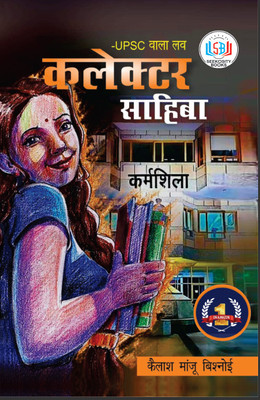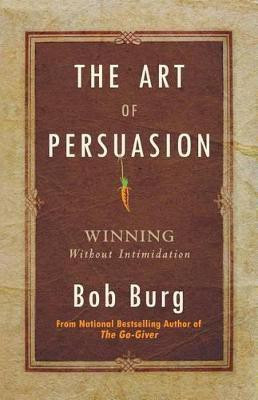
Indonesian folklore: Balinese folklore, Indonesian fairy tales, Javanese folklore, Malay folklore, Minangkabau folklore, Sundanese folklore (English, Paperback, LLC Books, Source Wikipedia)
Price: Not Available
Currently Unavailable
Highlights
- Language: English
- Binding: Paperback
- Publisher: Books LLC, Wiki Series
- ISBN: 9781155556406, 1155556402
- Edition: 2010
- Pages: 26
Description
Please note that the content of this book primarily consists of articles available from Wikipedia or other free sources online. Pages: 25. Chapters: Balinese folklore, Indonesian fairy tales, Javanese folklore, Malay folklore, Minangkabau folklore, Sundanese folklore, The Greatest Siliwangi, Panji, Nyai Roro Kidul, Dewi Sri, Ciung Wanara, Mundinglaya Dikusumah, King Siliwangi, Lutung Kasarung, Sangkuriang, Bawang Putih Bawang Merah, Loro Jonggrang, Pontianak, Bawang Merah Bawang Putih, Damarwulan, Malin Kundang, Hainuwele, Hikayat Hang Tuah, Leungli, Keong Emas, Ebu Gogo, Leyak, Barong, Cerita rakyat, Satu Suro, Pocong, Warak ngendog, Ratu Adil, Sang Kancil, Silewe Nazarate, Watu Gunung, Kancil Nyolong Timun. Excerpt: The name Siliwangi is alive both in the folklore of the Sundanese and in the classical literary texts of Javanese (East Javanese). The people in West Java and East Java make no difference between fact and fiction, it is due to the text, the folklore and the history having been specific needly of each other (Danandjaja 1984; Koentjaraningrat 1984). The old historical notes from East Java tells that Siliwangi has been expressed as a character along the tales and play of Kenthrung or Dhalang Kenthrung accompanied by terbang. Siliwangi in that epic story play is presented as Jaka Wanara (Siyung Wanara) and Surya Kembar in the occasion of the family rites or ceremonial events (Hutomo 1975; 1979; 1981; Rosidi 1960;1961) The Surya Kember Epic stages Siliwangi, the king from Pajajaran, with two wives. His first wife has delivered twin babies but his second one stolen the babies and replaced them with dogs. It is the helping of Batara Guru who save the babies and rising them alone in Candradimuka crater. They were grown up and named as Kembar and Arya Kembar. They then went to Pajajaran palace. Their stepmother (the second wife of their father) was killed and then they live happily ever after (Olthof 1941; Jayasubrata 1917). Another historical notes about S...
Read More
Specifications
Book Details
| Publication Year |
|
| Table of Contents |
|
Contributors
| Author |
|
Dimensions
| Width |
|
| Height |
|
| Weight |
|
Be the first to ask about this product
Safe and Secure Payments.Easy returns.100% Authentic products.
Back to top






